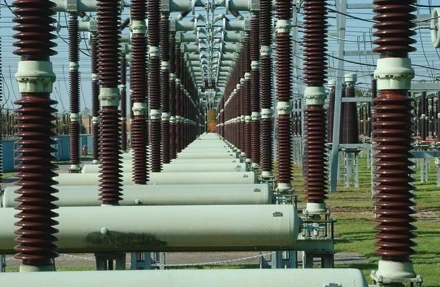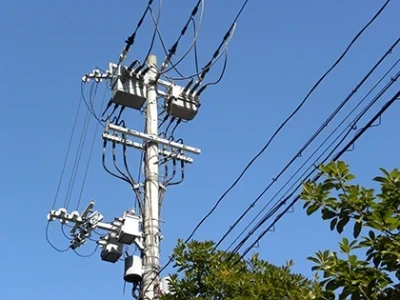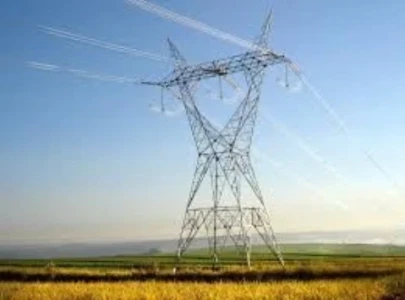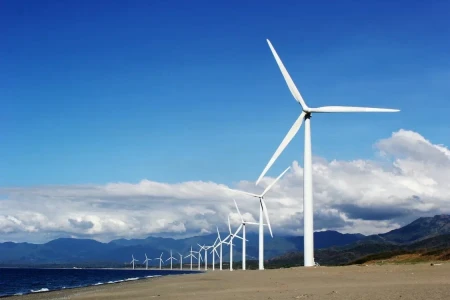Bills Threaten Renewable Growth and Raise Costs
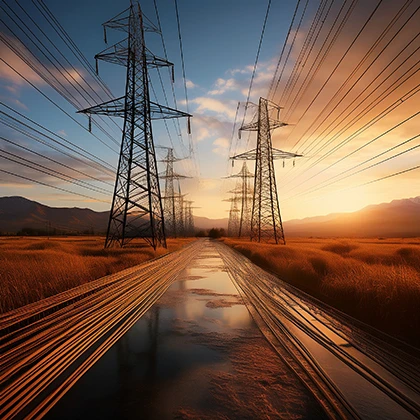
Texas is at a pivotal crossroads in its energy policy, with legislative actions that could significantly reshape the state's electricity landscape. A recent report by Aurora Energy Research, commissioned by the Texas Association of Business, warns that proposed restrictions on renewable energy development could lead to higher electricity prices and increased reliability risks.
The Impact of Renewable Energy Restrictions
Aurora's April 2025 report projects that limiting wind and solar development in Texas could result in a 14% increase in wholesale electricity prices by 2035. For industrial customers, this translates to an additional $6.3 million in annual electricity costs for every 100 megawatts of demand. Households could see their electricity bills rise by approximately $225 per year. Beyond financial implications, the report highlights that such restrictions could lead to capacity shortfalls, with up to 3.1 gigawatts of load shedding during extreme weather events. This underscores the critical role of renewable energy in maintaining grid reliability, especially as Texas anticipates a 75% increase in electricity demand by 2030.
Legislative Developments and Industry Response
The Texas Senate has recently passed Senate Bill 819, which imposes new regulations on wind and solar projects, including mandatory setbacks and additional application processes not required for fossil fuel energy sources. While proponents argue that the bill protects land and wildlife, critics contend that it unfairly targets renewable energy and threatens landowner rights, particularly in rural areas where solar and wind projects are economically significant.
Additionally, Senate Bill 388 mandates that 50% of any new power generation must be natural gas-powered. Critics, including energy consultants and industry leaders, argue that this approach could deter renewable energy expansion and potentially destabilize the grid due to existing supply chain issues and an aging natural gas fleet.
The Role of Renewable Energy in Grid Reliability
Despite legislative challenges, renewable energy has proven to be a reliable and cost-effective component of Texas's energy mix. In 2023, solar and wind generation accounted for a significant portion of the state's electricity supply, with solar installations increasing by 35% from the previous year. The Electric Reliability Council of Texas (ERCOT) anticipates a substantial rise in solar capacity, with plans for 24 gigawatts of solar and 13 gigawatts of battery storage additions by 2025. These developments have contributed to increased grid reliability, with ERCOT avoiding emergency alerts during the sixth-hottest summer on record in Texas in 2024.
Economic and Environmental Considerations
The economic benefits of renewable energy are also noteworthy. A report by IdeaSmiths LLC estimates that renewable energy resources saved Texas power consumers around $11 billion over two years by providing affordable and reliable power. Additionally, renewable energy projects have created thousands of jobs and attracted significant investments, supporting economic growth in both urban and rural areas.
Environmentally, renewable energy sources produce fewer greenhouse gas emissions compared to fossil fuels, aligning with global efforts to combat climate change. Texas, with its abundant wind and solar resources, is well-positioned to lead in clean energy production, contributing to a more sustainable energy future.
As Texas navigates its energy future, balancing the growth of renewable energy with grid reliability and economic considerations is paramount. While legislative actions like Senate Bill 819 and Senate Bill 388 aim to address immediate grid concerns, it's essential to recognize the long-term benefits of renewable energy in ensuring a resilient, affordable, and sustainable electricity system. Stakeholders, including policymakers, industry leaders, and consumers, must engage in informed discussions to shape an energy policy that meets the state's evolving needs while fostering environmental stewardship and economic prosperity.





